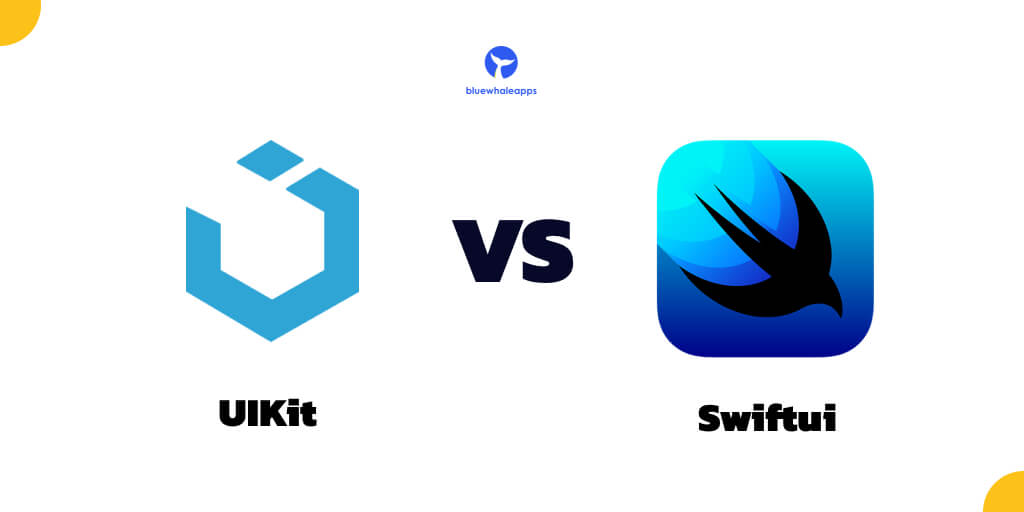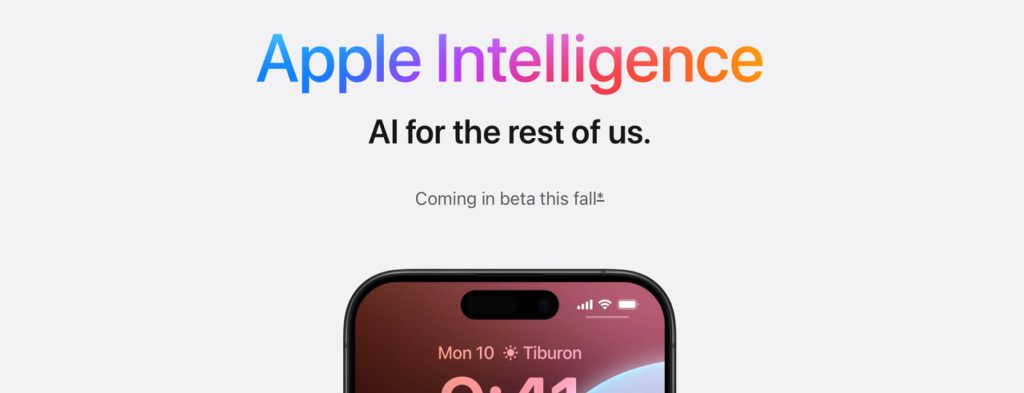What is SwiftUI?

SwiftUI is a relatively new framework introduced by Apple in 2019. It provides a platform for developers to use a declarative syntax to create user interfaces for apps running on iOS, iPadOS, macOS, watchOS, and tvOS.
SwiftUI is a tool that easily interacts with the Swift framework programming language to make creating user interfaces for apps simpler and faster. The Swift chat app, a highly-liked tool for speaking with other Swift framework developers, was also developed using SwiftUI.
SwiftUI is ideal for cross-platform compatibility and is renowned for its capacity to design responsive and aesthetically pleasing user interfaces. SwiftUI employs a declarative syntax, which allows developers to declare how the UI should look and behave rather than laying down a set of procedural steps, which is one of the main differences between SwiftUI and UIKit. As a result, UI development is easier and faster, but customization options are more limited.
What is UIKit?

UIKit is the more mature IOS development framework having been released in 2007. Since then it has been used to create some of the world’s top apps for the IOS platform. It offers developers a high level of customization and flexibility when they design every aspect of the app and particularly when it comes to the user interface. But that flexibility comes with the price of more complex code that is required to define every aspect of the app design.
UIKit is also not cross-platform like SwiftUI, it only produces apps for IOS and not the full range of apple products.
Benefits of SwiftUI
SwiftUI has many advantages, one of which is that it makes UI development quicker and simpler. Developers can declare how the UI should look and function without having to provide a sequence of procedures because SwiftUI uses a declarative syntax.
It may be quicker to construct and simpler to manage as a result. SwiftUI’s integration with the Swift framework is an additional advantage because SwiftUI is built to effortlessly integrate with the Swift programming language. Getting started with SwiftUI may be simpler for developers who are already familiar with the Swift framework. Cross-platform compatibility is another key advantage of SwiftUI. It allows developers to create user interfaces for a variety of different Apple devices, which can help them save time and money. And SwiftUI comes with a large number of transitions and animations included compared to UIKit where they would each have to be defined in the code.
SwiftUI Drawbacks
SwiftUI’s restricted support for earlier iOS versions is one of its key downsides. Developers who want to support iOS versions prior to iOS 13 may need to utilize an alternative framework since SwiftUI is only accessible on iOS 13 and later.
SwiftUI’s lack of customization possibilities is another possible limitation compared to UIKit. SwiftUI’s declarative vocabulary gives developers less control over how the UI looks and feels. This may be a limiting factor for applications that need a highly personalized UI. When using SwiftUI, performance issues can also be a problem, especially for more complex UI designs.
UIKit advantages
One of UIKit’s key advantages is its maturity as a framework. Since the beginning of iOS development, UIKit has been used to create a number of well-known apps. As a result, it has a sizable and vibrant developer community that is familiar with the framework.
The greater variety of customization choices offered by UIKit is another advantage. Developers have better control over the UI’s look and feel thanks to UIKit’s imperative syntax. For apps that need a highly customized interface, this may be crucial.
UIKit is also renowned for its high-performance visuals The highly optimized graphics capabilities of UIKit might be crucial for apps that demand a fluid and responsive UI. Applications that make use of animations, video, or other powerful graphics fall under this category.
UIKit Drawbacks
One of UIKit‘s biggest problems is how difficult it is to learn. Developers must outline a sequence of procedural processes to generate the UI because UIKit employs imperative syntax.
Due to its declarative style, SwiftUI is much easier because it offers a large number of prebuilt options to speed up and simplify the development process. But this comes with a downside; it means that it lacks the customization that is possible in UIKit.
The fact that UIKit can make UI development time-consuming is another disadvantage. It can take longer than it would with SwiftUI to design a highly customized UI because developers must write down a series of stages. Because of this, it is much easier for new developers to make mistakes when working with UIKit. This may lead to errors and crashes that are challenging to find and fix. Finally, it’s important to note that UIKit is not platform-neutral. It does not function with other Apple devices and is only intended for iOS apps.
In conclusion
There is no one-size-fits-all solution when deciding between SwiftUI and UIKit. The best choice will depend on the specific needs of your project, since each framework has its own pros and cons. If you’re making an app that needs a highly customized user interface and fast graphics, UIKit might be a better choice. SwiftUI, on the other hand, might be a better option if you’re creating an app that needs to run across a variety of Apple devices.
When you work with Blue Whale Apps, our design and development team will take the time required to understand your app requirements and discuss with you the advantages and disadvantages of comparing SwiftUI with UIKit. We will help you identify the best solution for your particular requirements.
Book your free consultation, and we will be happy to answer any questions you have and help you turn your ideas into reality.






